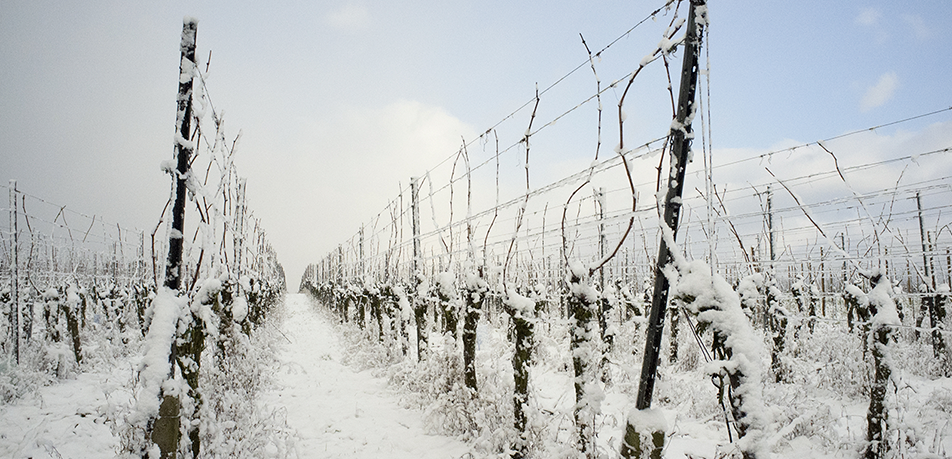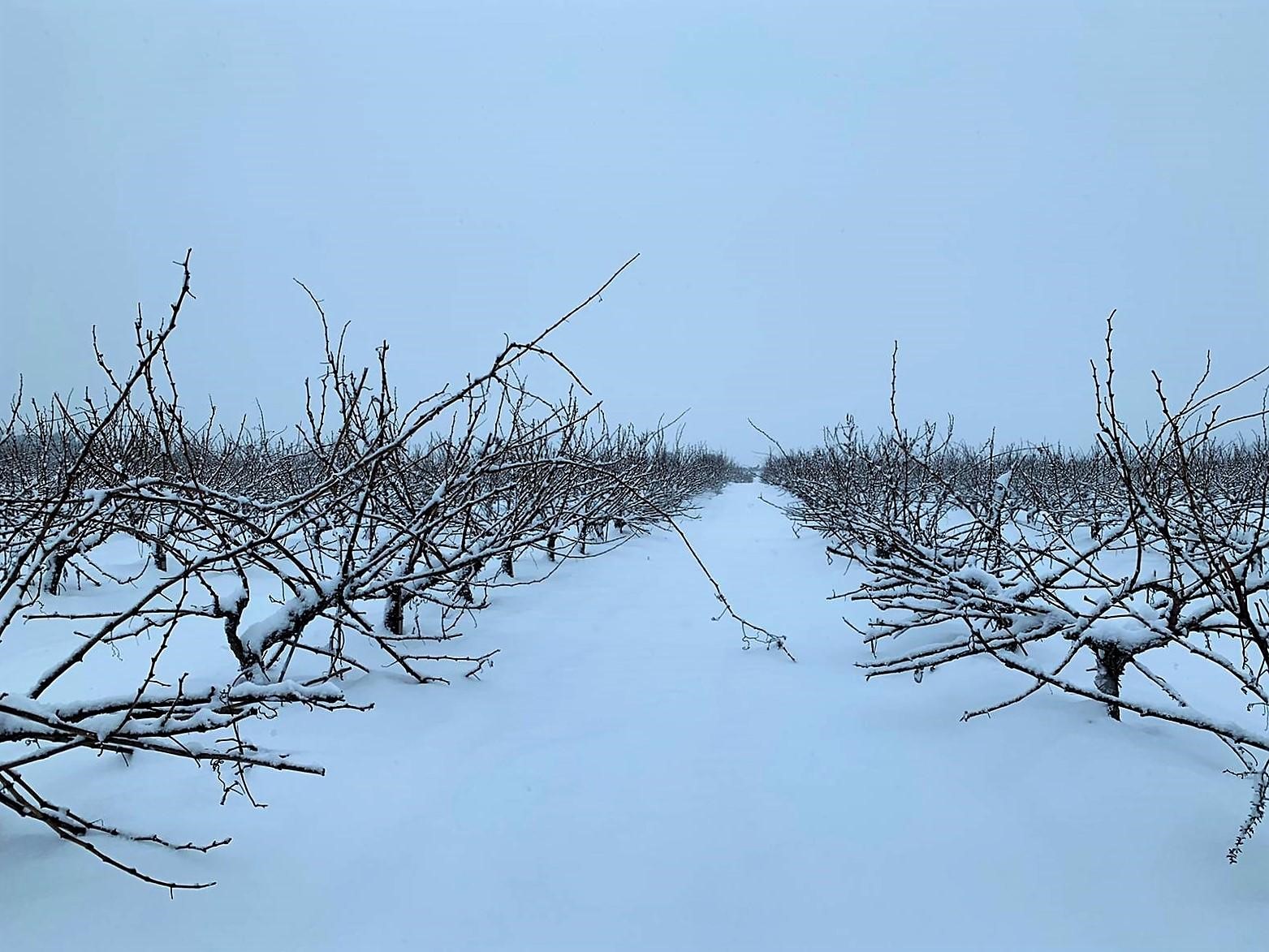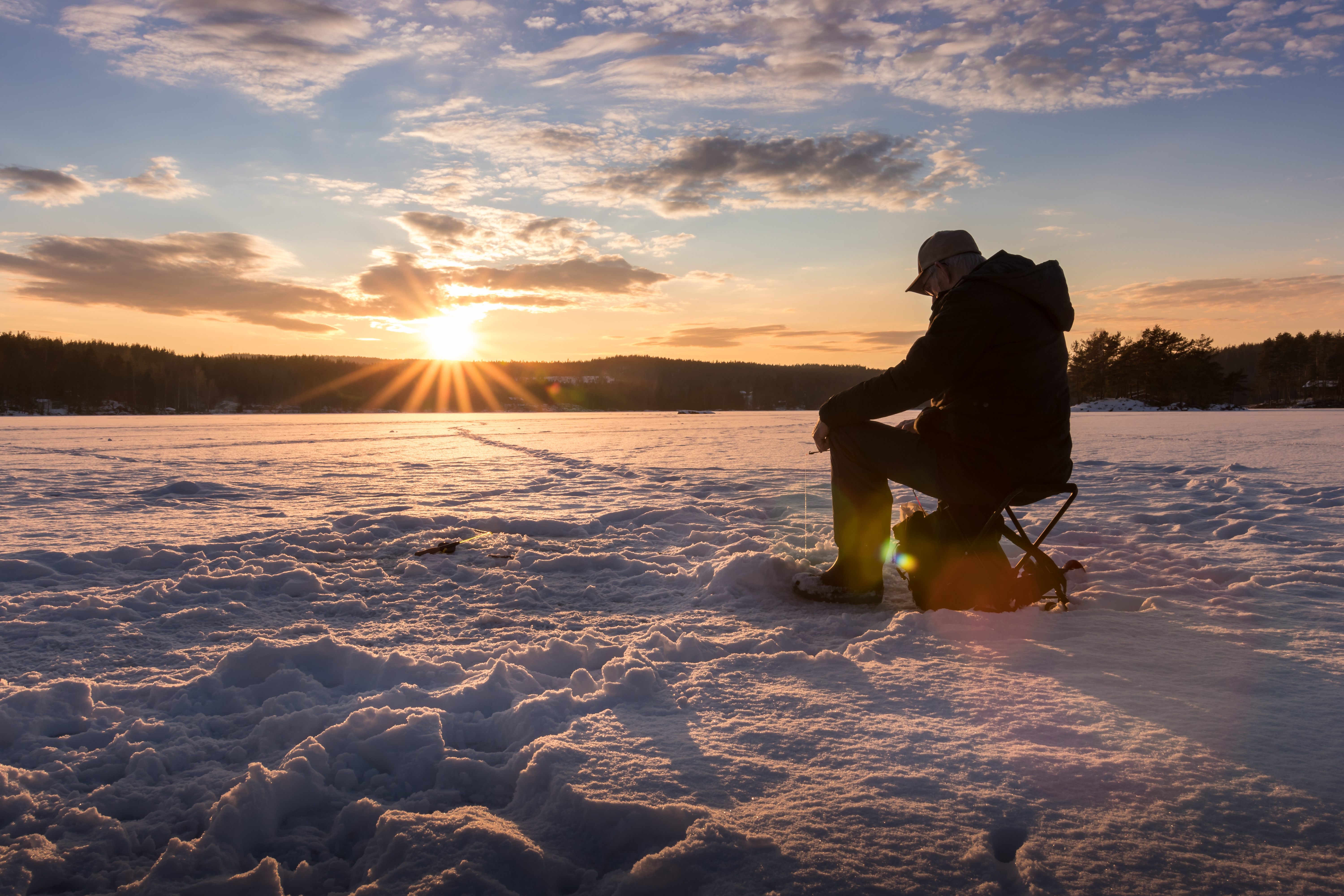Life Beneath the Ice

When we contemplate the landscape on a bitterly cold morning, nature seems to have surrendered to winter. But appearances are deceiving, because low temperatures do not halt biological processes. In the vineyard, as elsewhere, life continues below the snow and ice.
[[{"fid":"22530","view_mode":"default","fields":{"format":"default","alignment":"","field_file_image_alt_text[und][0][value]":false,"field_file_image_title_text[und][0][value]":false},"type":"media","field_deltas":{"1":{"format":"default","alignment":"","field_file_image_alt_text[und][0][value]":false,"field_file_image_title_text[und][0][value]":false}},"link_text":null,"attributes":{"class":"media-element file-default","data-delta":"1"}}]]

Cuando era solo un niño en una de las paredes de mi habitación tenía
When I was a young boy, I had a photograph of an old Inuit fisherman on one of my bedroom walls. He was holding a fishing rod over a small hole in the middle of a frozen lake, surrounded by a landscape completely covered in snow.
The image of the man sitting on a stool made from birch wood and sealskin fueled my desire to explore the territories of the far north. The novels of Jack London had introduced me to these places and inspired my fascination for the Arctic peoples. I was eager to understand how they interacted with such a cold, harsh environment and their ability to adapt and survive in it.
Years later, on a trip to Sápmi (also known as Lapland), I had the chance to observe how widespread the custom of ice fishing is among the inhabitants of these regions. One day, while crossing a frozen lake near the Finnish village of Inari, beyond the Arctic Circle, I spotted an old Sámi fisherman who, like the Inuit angler in the photograph, was holding his fishing rod over a hole in the ice.
A look at his basket revealed that his catch mostly consisted of barbels (Luciobarbus bocagei). He explained how during the winter, the fish sank to the bottom of the lakebed where they remained motionless in the mud in an apparent state of torpor. But they weren't really sleeping – he said – their critical functions remained active and they displayed signs of some activity. A few of them ate which is why, given how little food was available, there was a good chance they would take the bait.

A man fishing in a hole drilled in the ice
Much like those Finnish barbels, the common carp (Cyprinus carpio), a species frequently found in the lakes, reservoirs, and ponds of our villages and towns, survives below the ice. In this case, many do go into a hibernation state similar to the dormouse in its forest den. They drift down to the bottom and, sheltered by the ice sheet above, they sleep the deepest of slumbers: they close their cloaca, stop ingesting food, and remain motionless until the first rays of warm sun melt the ice and once again open up the surface of the lake.
In fact, the fish that survive in a frozen lake pursue a similar strategy as the Inuit when they build igloos: to take advantage of the sheltering ice. Water weighs less in a solid state, which is why the ice accumulates at the top of the lake where it forms an insulating layer. This layer doesn't seal the lake completely, so oxygen can still enter the water, thus preventing a vacuum from forming.
As a result, while outside temperatures plummet several degrees below zero and winter storms make it feel even colder, the bottom of the lake maintains far more comfortable temperatures. This is why the fish find refuge in its depths, “sheltered” below the ice.
